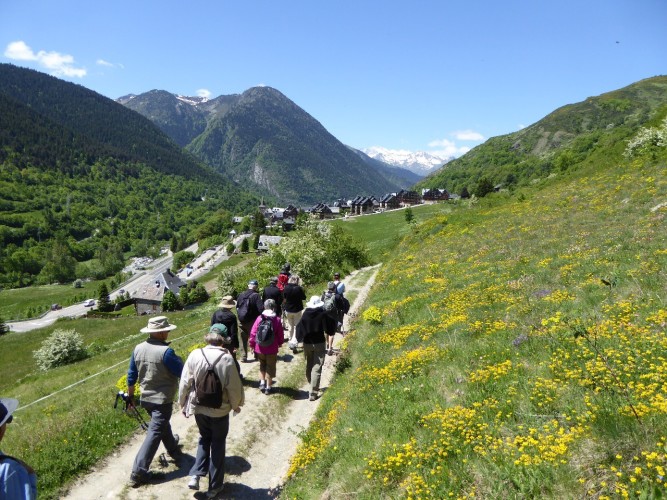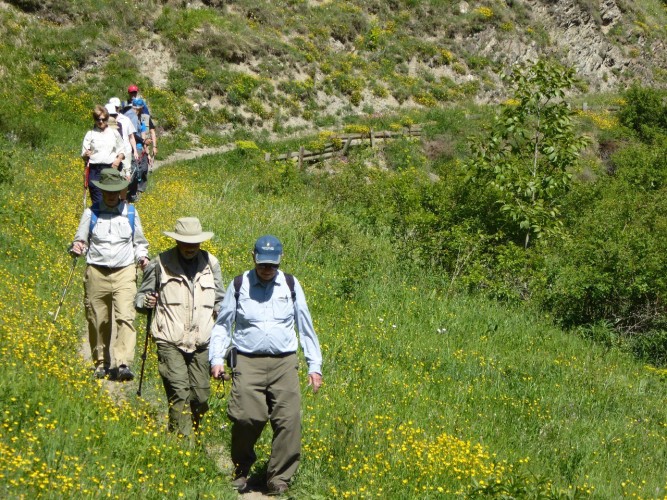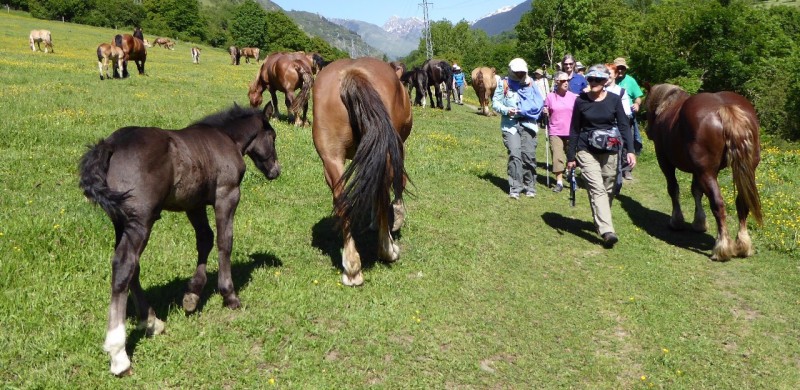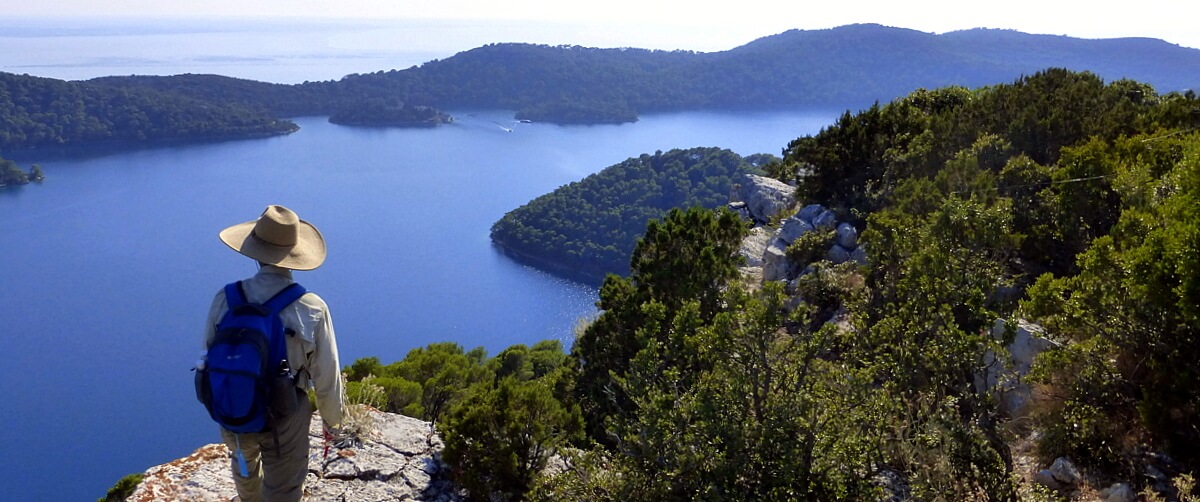Aran Valley (Val d’Aran) is one of only two areas of Spain that sits on the northern flanks of the Pyrenees. Geologically, it curves north into France and has historically been more accessible from France than from Spain. In fact, until 1948, when a tunnel was opened through the mountains to the south, the valley had no access south into the rest of Spain during winter months.

Over the millennia, like many corners of northern Spain, it developed its own culture and language. Though Spanish citizens, the majority of the locals speak Aranese and are more linguistically connected to southern France. Aranese is a dialect of Occitan (also called lenga d’oc), a romance language spoken in southern France, Monaco, and Italy’s Occitan Valleys. Alongside Catalan, Aranese also qualifies as an official language of the independence-minded Spanish province of Catalonia.
What the modern traveler first notices on approach from the west is a dizzying series of switchbacks as the road climbs the pass between ski lifts, then descends into a lovely valley bisected by a rushing mountain river called Garonne. Our walk starts in Salardu village and connects a series of further villages sited on either side of the Garonne River. Each village has its own picturesque little Romanesque church, all dating back roughly 1000 years.

We typically hike this trail in the late spring when wildflowers are in bloom and though weather is always variable in the mountains, we’ve often been blessed with wonderful light for photos. The trail snakes through meadows and winds through villages where residents have discovered the benefit of selling their homes to wealthy skiers from the south in an era when tourism and skiing have replaced traditional occupations like farming and husbandry.
One might think it hard to get lost using the Garonne River as a landmark, and it’s true that you can almost always hike out to the main road the serves the villages of the valley. But a web-like network of trails, some signposted in confusing similar fashion, makes it helpful to enlist the services of a local guide, which adds another layer of interest and culture to the experience.

I’ve hiked this trail four times now and been richly rewarded each time. As I mentioned in an earlier post, the Pyrenees offer a host of opportunities for outstanding nature hikes, many enhanced by delightful cultural connections. One day I hope to return to Val d’Aran with time to explore more of the challenging trails between the valley and the French border to the north. On prior visits, I’ve seen photos that I can’t get out of my mind![/vc_column_text][/vc_column][/vc_row][vc_row][vc_column][vc_gallery interval=”0″ images=”6732,6715,6737,6738,6718,6714,6722,6716,6721,6717,6733,6725,6719,6726,6734,6736,6723,6724″ img_size=”large”][/vc_column][/vc_row]


Yes, Judy, there are always adjustments each time we do a trip, but it is the same basic experience you had!